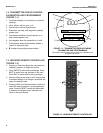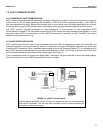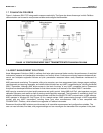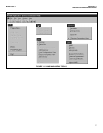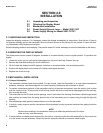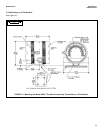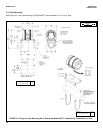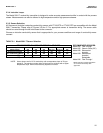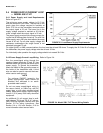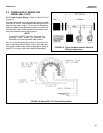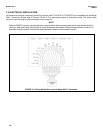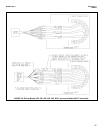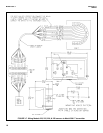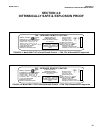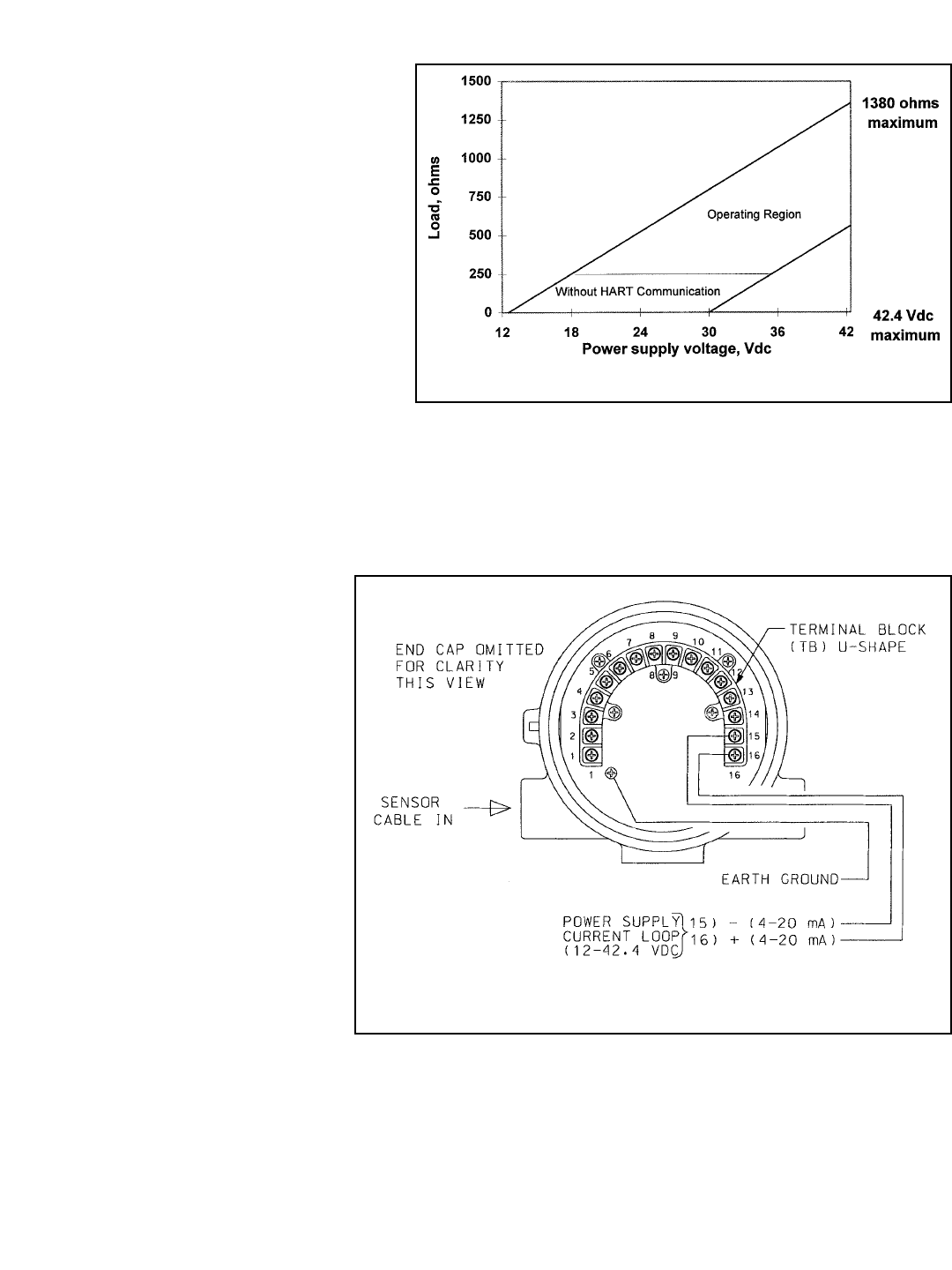
12
MODEL 5081-T SECTION 2.0
INSTALLATION
2.4 POWER SUPPLY/CURRENT LOOP
— MODEL 5081-T-HT
2.4.1 Power Supply and Load Requirements.
Refer to Figure 2-3.
The minimum power supply voltage is 12.5 Vdc
and the maximum is 42.4 Vdc. The top line on the
graph gives the voltage required to maintain at
least 12.5 Vdc at the transmitter terminals when
the output signal is 22 mA. The lower line is the
supply voltage required to maintain a 30 Vdc ter-
minal voltage when the output signal is 22 mA.
The power supply must provide a surge current dur-
ing the first 80 milliseconds of start-up. For a 24 Vdc
power supply and a 250 ohm load resistor the surge
current is 40 mA. For all other supply voltage and
resistance combinations the surge current is not
expected to exceed 70 mA.
For digital (HART or AMS) communications, the load must be at least 250 ohms. To supply the 12.5 Vdc lift off voltage at
the transmitter, the power supply voltage must be at least 18 Vdc.
For intrinsically safe operation the supply voltage should not exceed 30.0 Vdc.
2.4.2 Power Supply-Current Loop Wiring. Refer to Figure 2-4.
Run the power/signal wiring through the
opening nearest terminals 15 and 16. Use
shielded cable and ground the shield at the
power supply. To ground the transmitter,
attach the shield to the grounding screw on
the inside of the transmitter case. A third
wire can also be used to connect the trans-
mitter case to earth ground.
NOTE
For optimum EMI/RFI immunity, the
power supply/output cable should be
shielded and enclosed in an earth-
grounded metal conduit.
Do not run power supply/signal wiring in
the same conduit or cable tray with AC
power lines or with relay actuated signal
cables. Keep power supply/ signal wiring at
least 6 ft (2 m) away from heavy electrical
equipment.
An additional 0-1 mA current loop is avail-
able between TB-14 and TB-15. A 1 mA cur-
rent in this loop signifies a sensor fault. See
Section 3.0 for wiring instructions. See
Section 8.4 or 10.6 and Section 12.0 for
more information about sensor faults.
FIGURE 2-3. Load/Power Supply Requirements
FIGURE 2-4. Model 5081-T-HT Power Wiring Details



